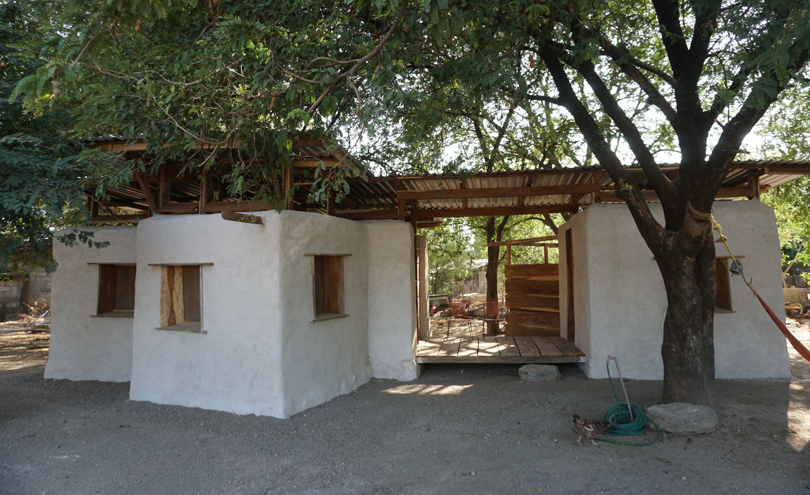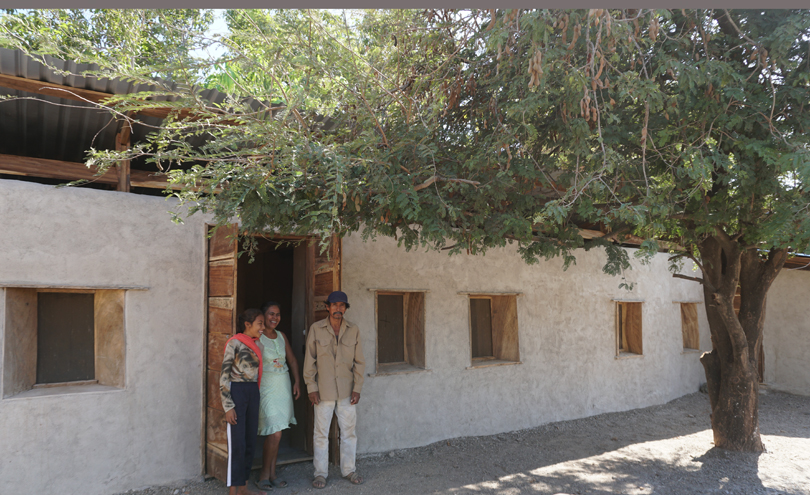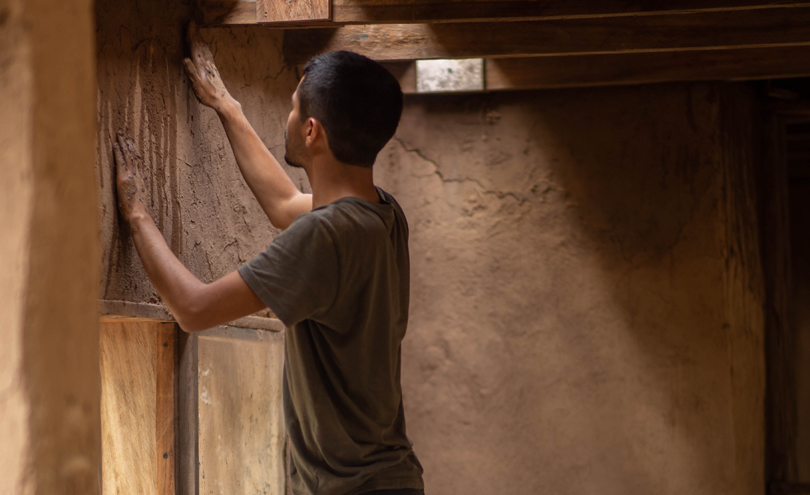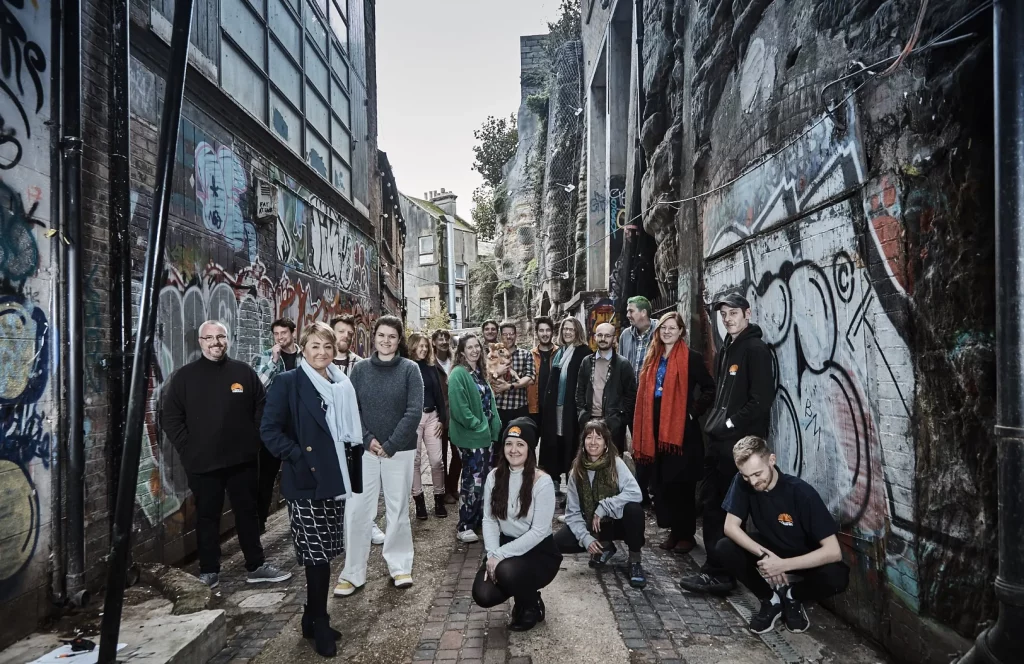When an earthquake struck Santiago Niltepec in Oaxaca, Mexico, four in every five (80%) of the town’s buildings were destroyed. In the aftermath, some families found themselves excluded from the government’s reconstruction programmes, which offered either a small financial handout or small and low-quality standardised replacement homes that had a high negative environmental impact, and disregarded the area’s cultural and architectural traditions.
Four families who did not receive any public subsidy trusted in Programa VACA A.C. (VACA), a civil society organisation focused on sustainable community building projects in rural indigenous communities, to fund and design the reconstruction of their houses. The residents agreed to participate in a co-building project using local traditional techniques and predominantly natural, locally available materials. The families, including women and children, collaborated with VACA’s design team to develop homes to suit their individual needs and preferences, through collaborative and inclusive methodologies. They then worked with VACA staff and a team of volunteers to construct the buildings. The completed homes, built in a collective and solidary way, are durable, comfortable, sustainable, energy-efficient, and preserve the architectural heritage of the community, while the mutual-aid and self-build process ensures beneficiaries have the skills to maintain their homes in the future.
At 72sqm and an average cost of $157,500 MX ($8,000 USD), the houses are also larger and cheaper than the government-subsidised alternatives, proving VACA’s belief that it is possible to transform the way housing and social architecture is provided, not only in post-disaster situations but also in common indigenous and rural housing programmes.



















